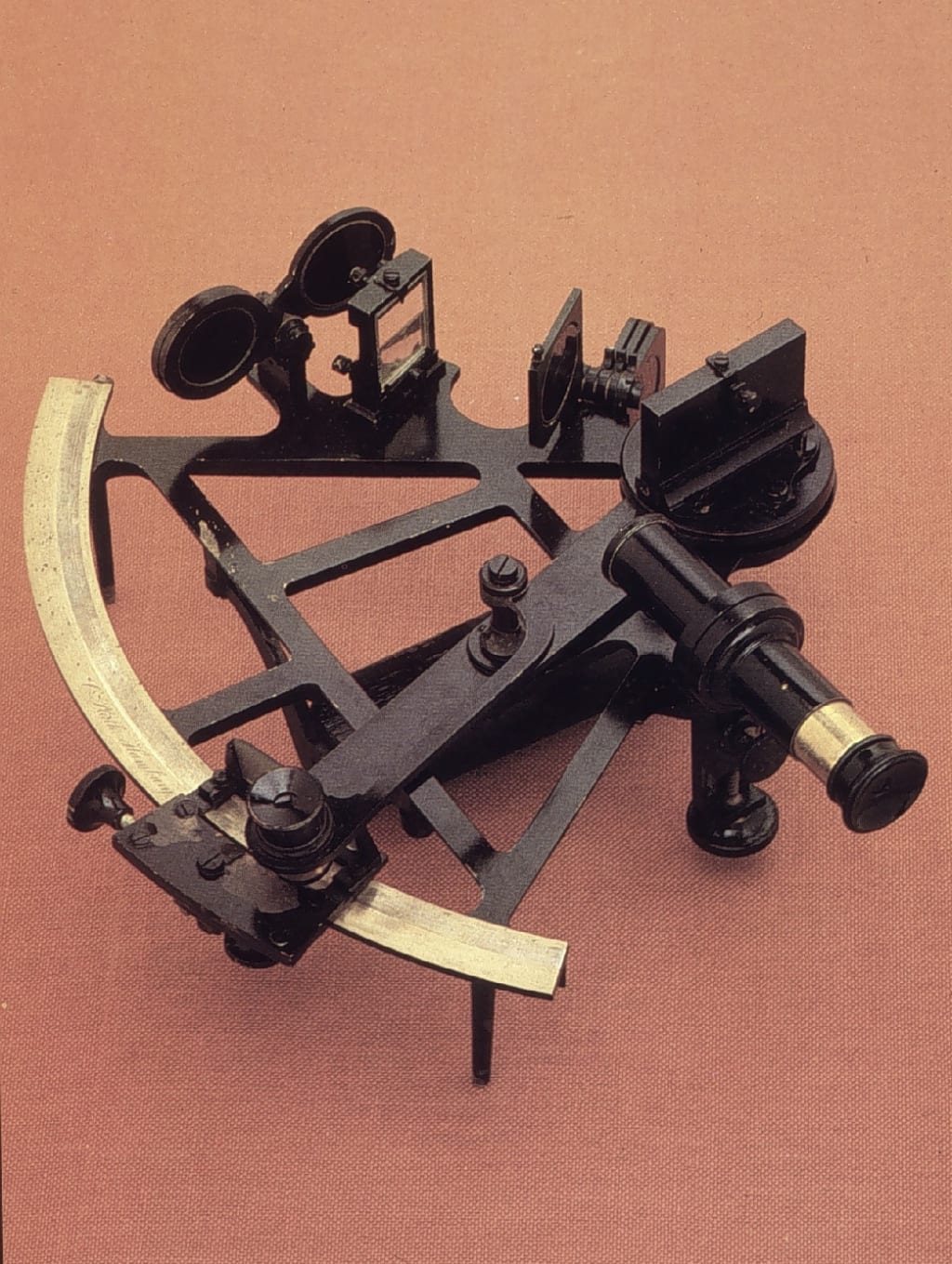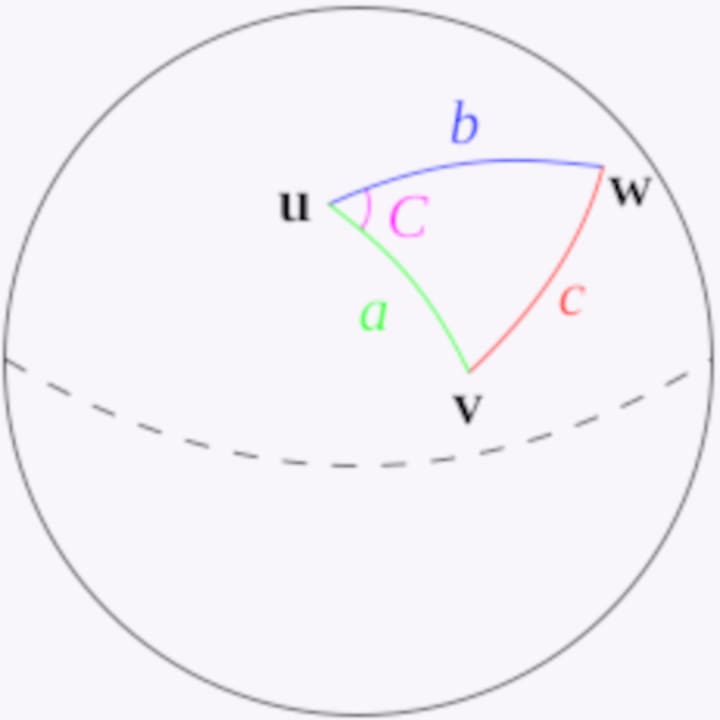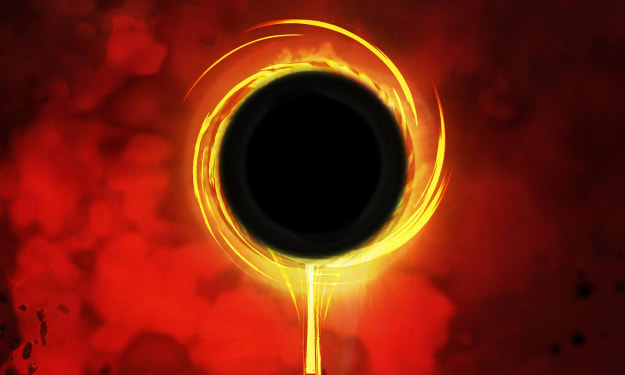The Importance of Spherical Trigonometry Today
And why I may have to start using spherical trigonometry again - we have a lot to thanks James Andrew for

A changing world, but some progress is not forward
I live on a boat and cross oceans every now and then. I’ve crossed the Atlantic three times and the Pacific once and done many passages of 1,000 miles plus. GPS is very convenient for navigation but I always carry paper charts and a sextant on my boat. Some people have dispensed with paper charts altogether and the US and UK governments will no longer issue paper nautical charts after 2025.
So what?
I recently read an advisory from the United States Department of Transportation Maritime Administration (MARAD) warning of various episodes of GPS interference worldwide.
And it’s getting worse. There is a war on. GPS can be jammed and spoofed, even mid-ocean.
So now, as I prepare for another long ocean passage — free at last after Covid lockdowns — I’m dusting off my sextant so that if the worst happens then I can calculate my position at sea.
How does the system work?
Well, it’s simple really. Just solve a spherical triangle.

There are a number of different formulae that can be used for position finding with spherical trigonometry. The most common ones are the haversine formula and the law of cosines.
The haversine formula is particularly useful for short distances, while the law of cosines is more accurate for longer distances. However, both formulas can be used for any distance.
Got it?
There is a lot of figuring involved and the old seamen used to use books of tables. But it also depends on an accurate timepiece, which is why Harrison invented the marine chronometer and won a fortune from the British government for doing so - after a lengthy legal battle when they tried to renege on their reward for the invention.
Just so you know
The haversine formula determines the great-circle distance between two points on a sphere (the Earth) given their longitudes and latitudes. Important in navigation, it is a special case of a more general formula in spherical trigonometry, the law of haversines, that relates the sides and angles of spherical triangles.
The first table of haversines in English was published by James Andrew in 1805. The term haversine (‘half versine’)was coined in 1835 by James Inman.
These names follow from the fact that they are customarily written in terms of the haversine function, given by hav(θ) = sin²(θ/2).
Nowadays it’s easy to solve the spherical triangle on a PC or even a smartphone.
Stars can be used as well for fixes, usually near dusk or dawn when a clear horizon is visible.
So, to be able to mark my position at sea on a nautical chart I have to know my latitude and longitude. Measuring approximate latitude on land is easy enough with just a stick at local noon, but not so easy on a boat. Obviously you have to be able to see the sun and make an adjustment for the sun’s declination. It’s called the noon site.
But it’s not really that simple.
Lat and Long as we sailors call it
The real skill is in taking an accurate measurement of the sun’s altitude on a moving boat on the ocean with a sextant and a precise timepiece. We’re looking for angular measurement accuracy of less than 1 minute of arc with the sextant (0.1 minutes with the best instruments). And that involves knowing and adjusting for a range of errors (such as index error) and making several corrections (such as for height of eye and sun's semi-diameter). Thankfully, tables are available (and a PC astro-navigation application has them on hand)!
Calculating longitude is more complex, as is calculating latitude for times other than noon. That’s where spherical trigonometry comes into play. And an accurate timepiece.
One sextant ‘fix’ does not provide a position, it provides a position line, which maps as a circle on the earth’s surface. At any point on that circle at a given time, the sun's altitude will be the same. So, fixes have to be combined to obtain the two points where the circles intersect, and that then is a definite position — common sense prevails as to which. To do that allowance has to be made for time and distance travelled between the fixes. Nevertheless, the most skilled marine navigators can obtain an accuracy to well within a nautical mile with a good sextant.
That's not me.
And yes, GPS uses spherical trigonometry to calculate your position, even when you’re in a car on the highway.
Thanks James Andrew, Mathematician. You made such a contribution to mariners in 1805, and yet you have no Wikipedia entry. But others say that Mendoza y Rios beat you to it in 1801. Who knows?
Final note
The Earth is not a sphere - technically it's an oblate spheroid. That's a squashed sphere - the spin of the Earth expands the equatorial diameter and shrinks the polar diameter. There's not a lot in it: the radius of Earth at the equator is 6,378 km and at the poles is slightly less at about 6,357 km. GPS takes this flattening into account, but its impact on sextant position finding is minimal.
***

Canonical link: This story was first published in Medium on 27 March 2022
About the Creator
James Marinero
I live on a boat and write as I sail slowly around the world. Follow me for a varied story diet: true stories, humor, tech, AI, travel, geopolitics and more. I also write techno thrillers, with six to my name. More of my stories on Medium






Comments
There are no comments for this story
Be the first to respond and start the conversation.